1. Ron Howard – From Richie to Oscar Winner
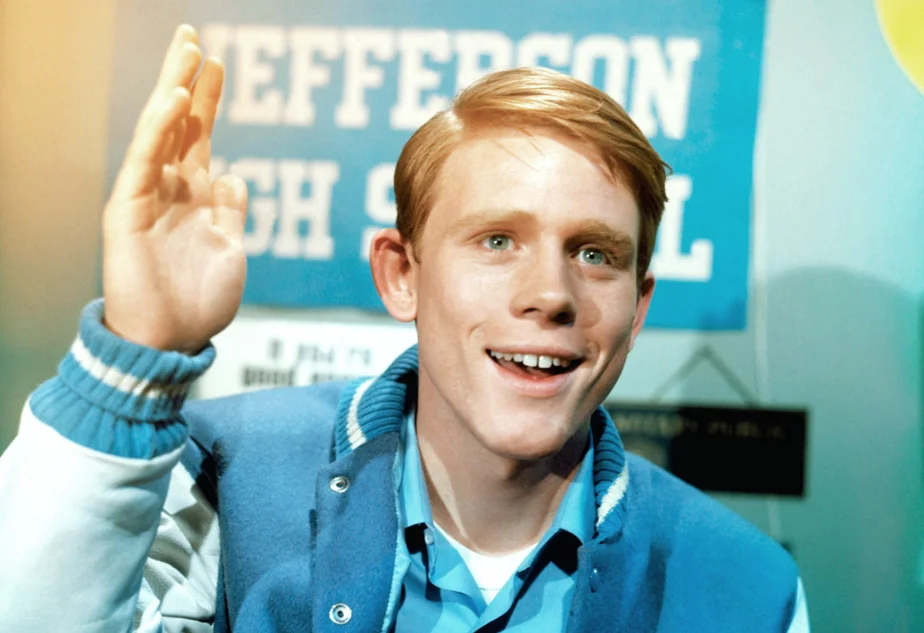
Ron Howard began his career as a child actor on The Andy Griffith Show and later starred in Happy Days. His youthful charm and relatability made him a household name. As he grew older, Howard transitioned into directing, making his debut with the film Grand Theft Auto in 1977. His ability to navigate between acting and directing showcased his multifaceted talent.
Howard went on to direct some of the most beloved films of the ’80s and ’90s, including Splash, Cocoon, and A Beautiful Mind. A Beautiful Mind earned him two Academy Awards, cementing his status as a director of the highest caliber. Over time, Howard also became a producer and narrator, contributing his voice to the hit series Arrested Development. His journey from acting to filmmaking has made him a respected figure in both industries.
2. Garry Marshall – Creator of Timeless Sitcoms
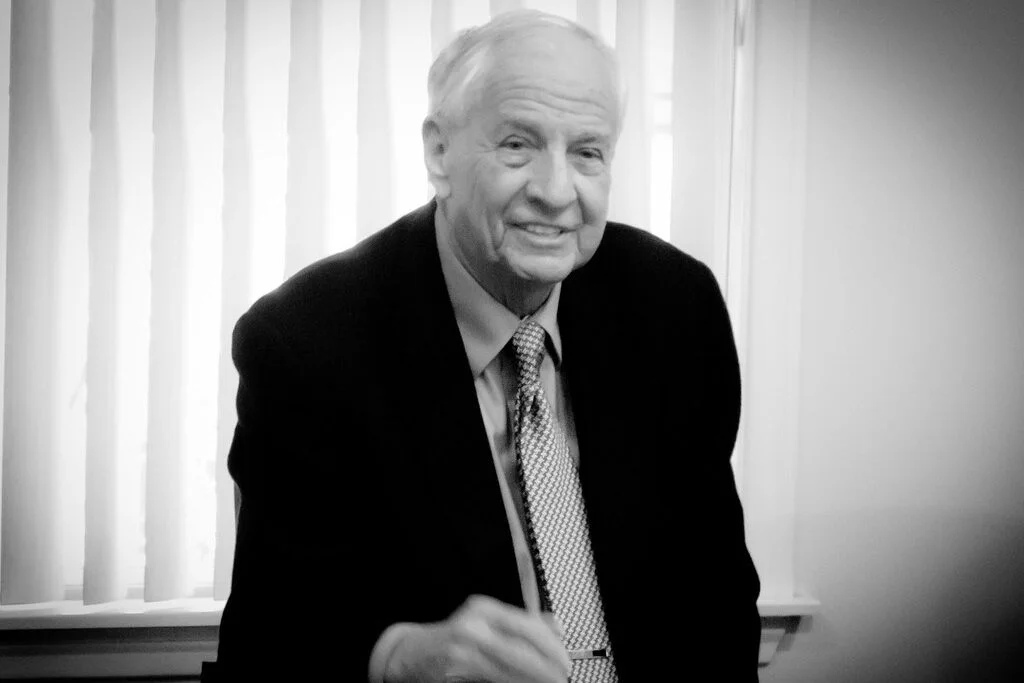
Garry Marshall was the creative mind behind some of the most iconic sitcoms of the ’70s, including Happy Days, Laverne & Shirley, and Mork & Mindy. These shows captured the heart of the American television landscape and became cultural staples. Marshall’s deep understanding of character and timing allowed him to craft shows that were both humorous and heartwarming.
Marshall’s career also flourished in film, where he directed some of the most popular romantic comedies of the ’80s and ’90s, such as Pretty Woman, Beaches, and The Princess Diaries. These films showcased his knack for blending humor with deep emotional themes, making him one of the most successful directors of his generation. Marshall’s legacy as a television and film legend continues to influence creators today.
3. Rob Reiner – From ‘Meathead’ to Director of Classics
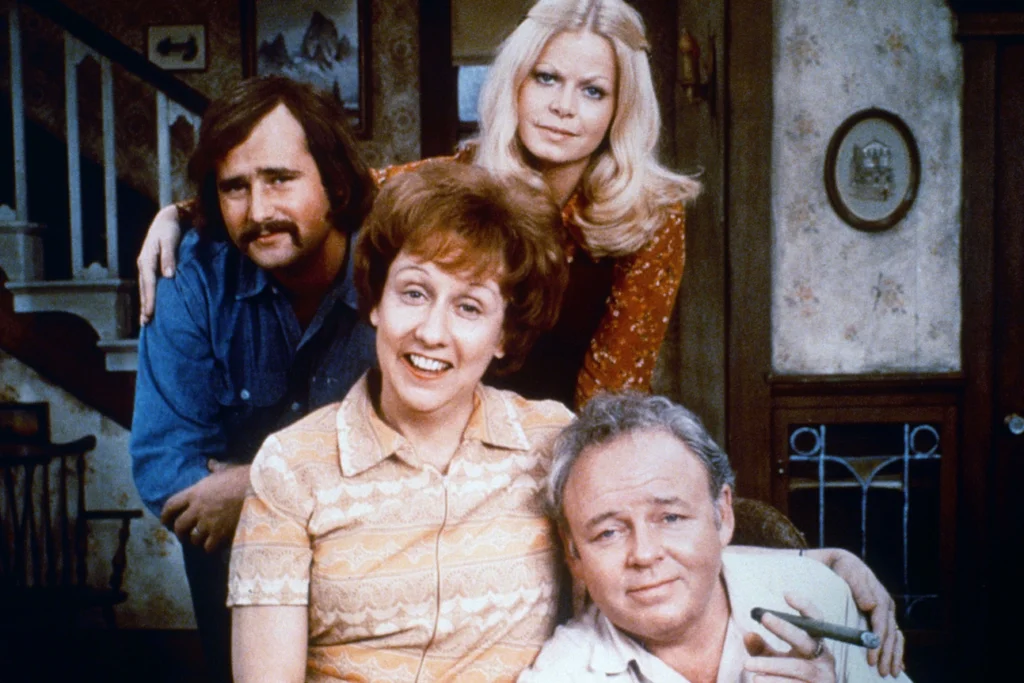
Rob Reiner’s early career was defined by his role as Mike “Meathead” Stivic on All in the Family, a character that reflected the changing dynamics of American family life. His ability to balance comedy and social commentary made him a standout in a revolutionary show. After All in the Family, Reiner transitioned into directing, a move that would forever change his career.
Reiner’s directorial debut, This Is Spinal Tap (1984), marked the beginning of a career filled with classic films like Stand by Me, When Harry Met Sally…, and A Few Good Men. These films became cultural touchstones, beloved for their sharp writing, memorable performances, and deep emotional resonance. Reiner’s success as a director solidified him as one of the most influential figures in Hollywood.
4. James Burrows – The Maestro of Sitcom Direction
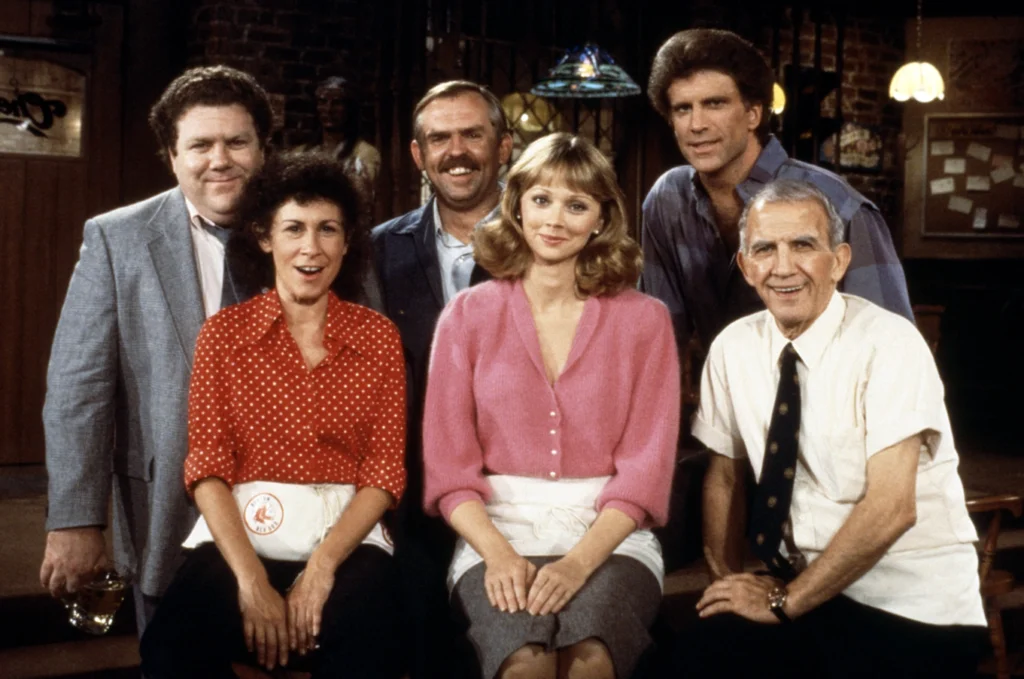
James Burrows is often referred to as the maestro of television sitcom direction. His work shaped some of the most enduring sitcoms of all time, including Cheers, Friends, and Will & Grace. With a career spanning decades, Burrows directed over 50 television pilots and helped create some of the most iconic shows in TV history.
Burrows’ skillful direction and attention to comedic timing helped these shows resonate with audiences across generations. He was instrumental in establishing the multi-camera sitcom format that is still popular today. His ability to bring out the best in both established stars and newcomers made him a legendary figure in the world of television direction.
5. Alan Alda – From M*A*S*H Star to Emmy-Winning Director
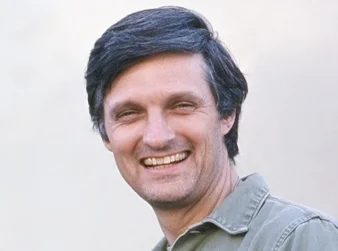
Alan Alda’s role as Hawkeye Pierce on M*A*S*H made him one of the most beloved figures in television history. His portrayal of the wisecracking but compassionate surgeon captured the complexities of war and human connection. Beyond acting, Alda also directed numerous episodes of M*A*S*H, earning multiple Emmy Awards for his contributions to the series.
Alda’s ability to direct emotionally charged episodes of M*A*S*H demonstrated his understanding of storytelling beyond the script. His skillful balance of humor and poignant moments left an indelible mark on the show’s success. Alda’s directorial work in both television and film continues to be studied for its depth and sensitivity.
6. Penny Marshall – Actress Turned Acclaimed Director
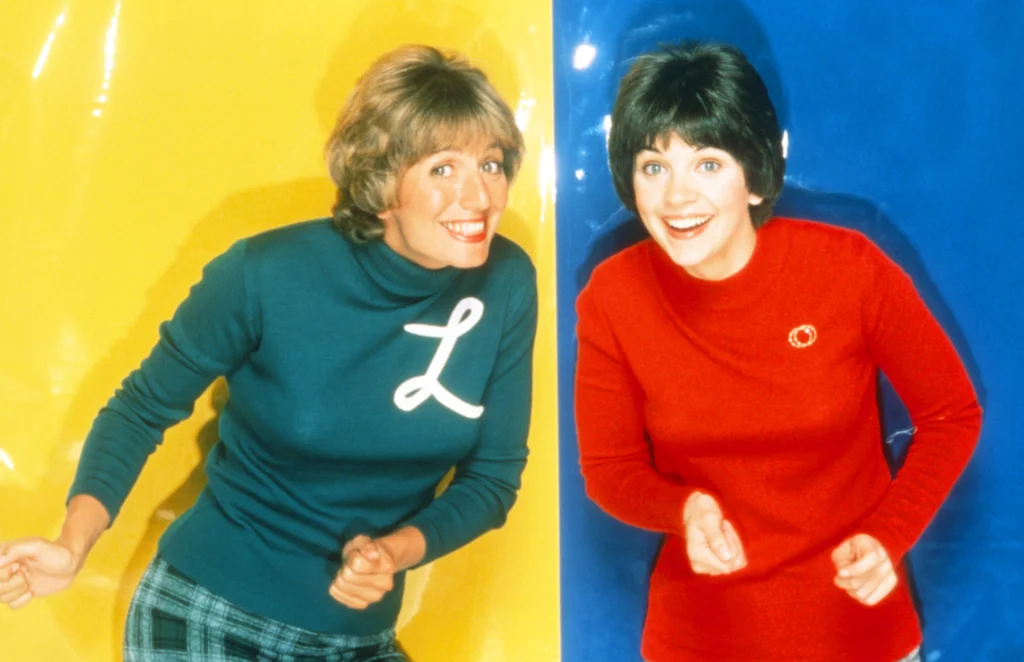
Penny Marshall is best known for her role as Laverne DeFazio on Laverne & Shirley, but her transition to directing was where she truly left her mark. Marshall made her directorial debut with the film Awakenings in 1990, which earned widespread critical acclaim. Her success behind the camera continued with films like Big and A League of Their Own, both of which showcased her unique blend of humor and emotional depth.
Marshall was one of the first women to direct a film that grossed over $100 million, a major milestone for women in the film industry. Her films often focused on strong female characters and the complexity of human emotions. Marshall’s groundbreaking work as a director broke barriers and paved the way for future generations of women filmmakers.
7. Tim Allen – Stand-Up Comic to Sitcom Star and Director
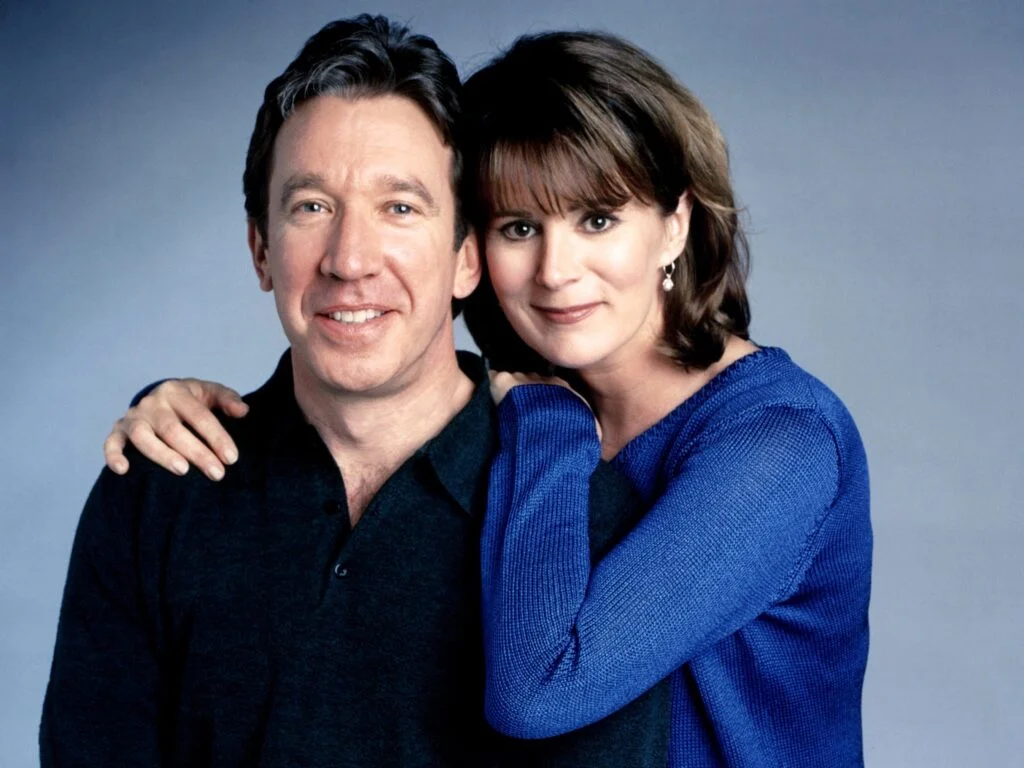
Tim Allen’s career began as a stand-up comedian, where his comedic timing and relatable humor made him a fan favorite. His big break came when he starred in the hit sitcom Home Improvement, which was a massive success in the ’90s. Allen’s transition from stand-up comic to sitcom star was seamless, and his work on Home Improvement earned him several accolades.
After Home Improvement, Allen continued to pursue directing, contributing to episodes of Last Man Standing. His work behind the camera focused on maintaining the traditional sitcom format, which he was known for. Allen’s ability to blend his comedic sensibilities with strong direction made him a versatile figure in television.
8. Anson Williams – Potsie to Director of Teen Dramas
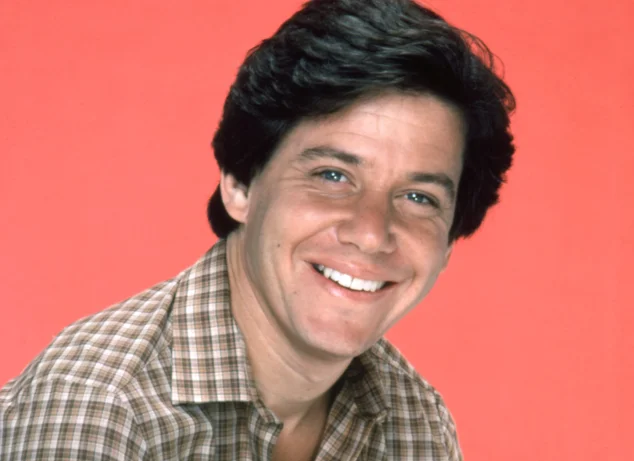
Anson Williams, best known for his role as Potsie Weber on Happy Days, successfully transitioned to directing after his acting career. Williams directed episodes of some of the most popular teen dramas of the ’90s, including Beverly Hills, 90210, Melrose Place, and Lizzie McGuire. His work behind the camera captured the essence of teen culture, making these shows resonate with young audiences.
Williams’ success as a director demonstrates his adaptability and understanding of the medium. His career shift from acting to directing shows that his talents extended far beyond the confines of sitcoms. His direction helped define the teen drama genre during its peak, earning him recognition as a skilled director.
9. Susan Seidelman – Independent Filmmaker with a Unique Voice
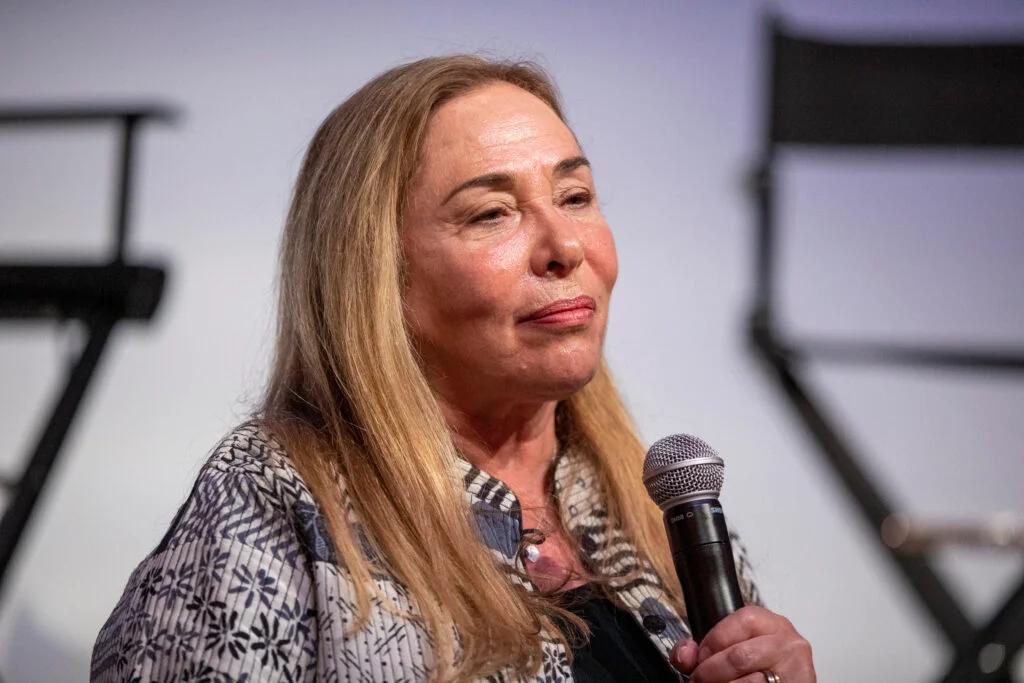
Susan Seidelman is best known for her work in independent cinema, directing films like Smithereens and Desperately Seeking Susan. Her films often explore themes of identity, relationships, and the complexities of modern life. Seidelman’s distinctive style combines comedy with drama, offering a fresh perspective on the human experience.
Seidelman’s work behind the camera helped define the independent film movement of the ’80s and ’90s. Her films often featured strong, complex female characters and explored social issues with nuance. As both a director and producer, Seidelman’s influence continues to be felt in the world of independent filmmaking.
10. Lyle Waggoner – From Actor to Producer
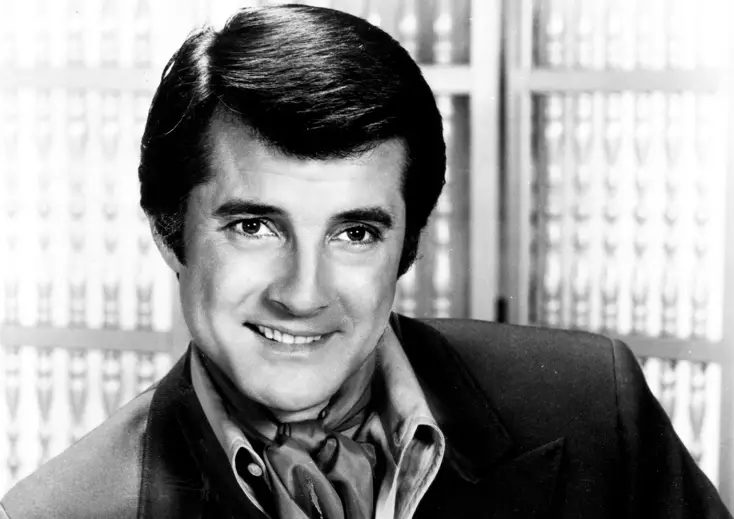
Lyle Waggoner was known for his roles on The Carol Burnett Show and Wonder Woman. However, after his acting career, Waggoner became a successful entrepreneur and producer. He founded Star Waggons, a company that provides mobile dressing rooms and production vehicles for film and television.
Waggoner’s entrepreneurial venture became a major player in the logistics of television and film productions. His success behind the camera and in business is a testament to his versatility and foresight in the industry. Waggoner’s career transition from actor to producer highlights the diverse opportunities available in entertainment.
11. Charles Haid – From Actor to Director
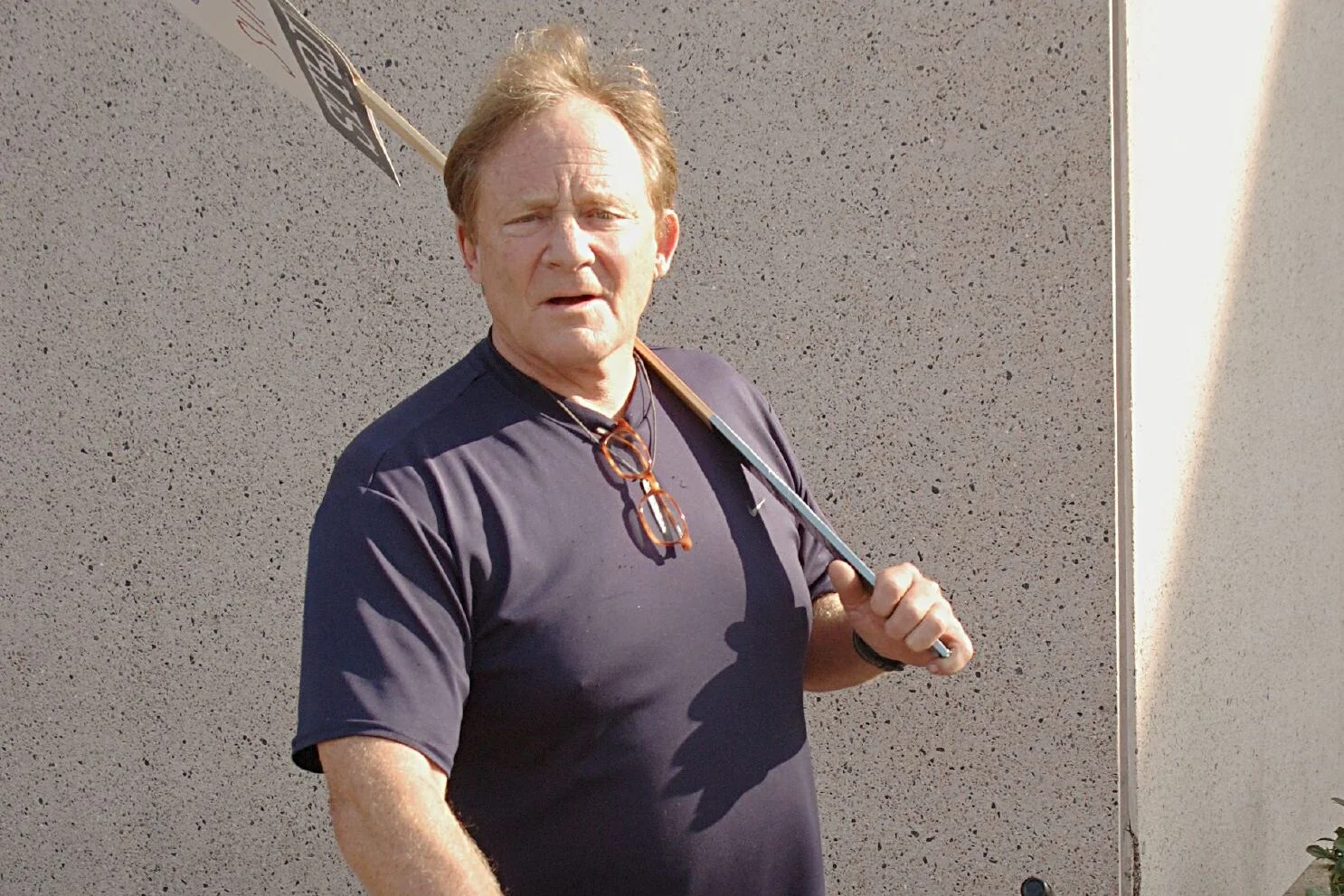
Charles Haid was known for his role as Officer Andy Renko on Hill Street Blues, a groundbreaking series that changed the way police dramas were made. After his acting success, Haid transitioned to directing, working on numerous television shows and films. His directorial credits include episodes of popular series like The Shield and The X-Files, where he brought his sharp eye for character-driven storytelling.
Haid’s background as an actor gave him a unique understanding of how to direct performances, making him a highly sought-after television director. His ability to focus on the emotional depth of his characters made his work stand out. Haid’s transition from actor to director demonstrates the diverse career paths available in the entertainment industry.
12. Betty Thomas – Actress Turned Director
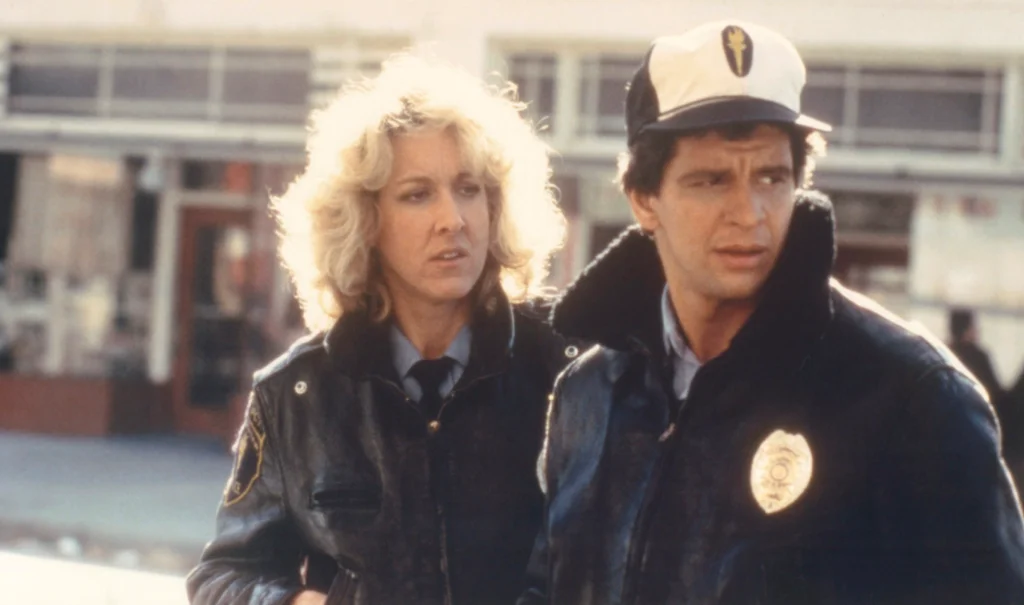
Betty Thomas made her mark as an actress on Hill Street Blues before making a successful transition to directing. Her directorial debut came with the film The Brady Bunch Movie, a clever and satirical take on the classic sitcom. Thomas continued her success behind the camera with films like 28 Days and Dr. Dolittle, showcasing her ability to blend comedy with emotional depth.
Thomas’ direction often emphasized character development and humor, making her films widely appreciated by audiences. Her work behind the camera broke barriers for women directors and earned her recognition in Hollywood. Thomas’ successful career as both an actress and director exemplifies her versatility in the entertainment industry.
13. Jon Favreau – From ‘Friends’ to Director of Blockbusters
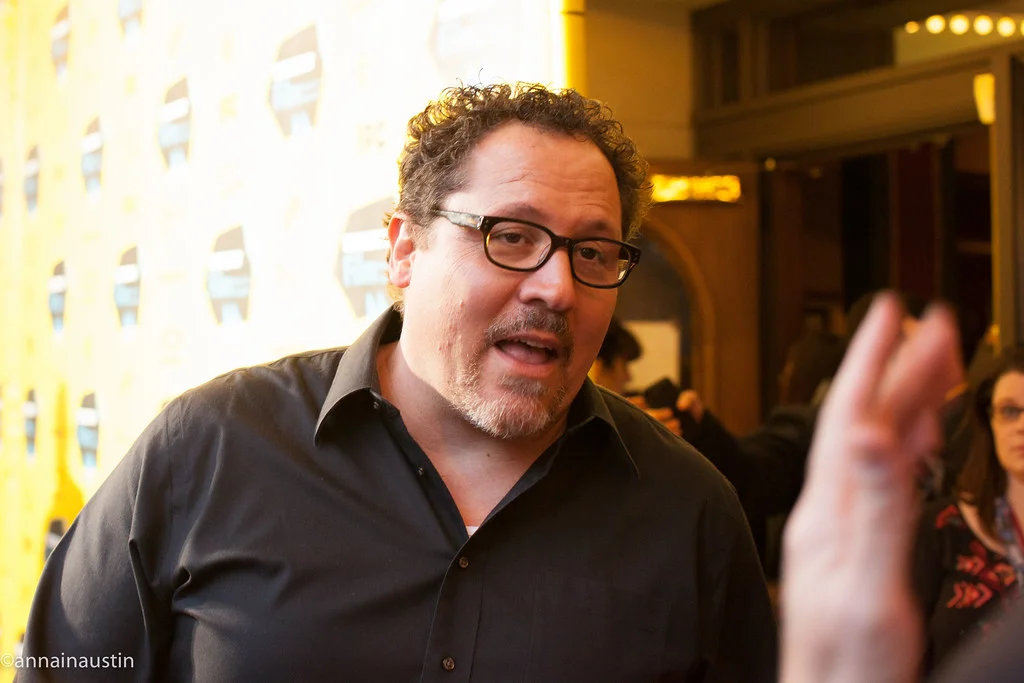
Jon Favreau made guest appearances on Friends and several other sitcoms before finding his true calling as a director. He made his directorial debut with the film Made, but it was his work on Iron Man that solidified his place in Hollywood. Favreau’s fresh take on the superhero genre helped launch the Marvel Cinematic Universe, and his direction was key to Iron Man‘s success.
Favreau also directed the live-action adaptations of The Jungle Book and The Lion King, further cementing his status as a top-tier director. His work on The Mandalorian expanded the Star Wars universe, showcasing his ability to work within established franchises. Favreau’s career trajectory from sitcom guest star to blockbuster director highlights his evolution as a filmmaker.
14. Fred Savage – Child Star to Director and Producer
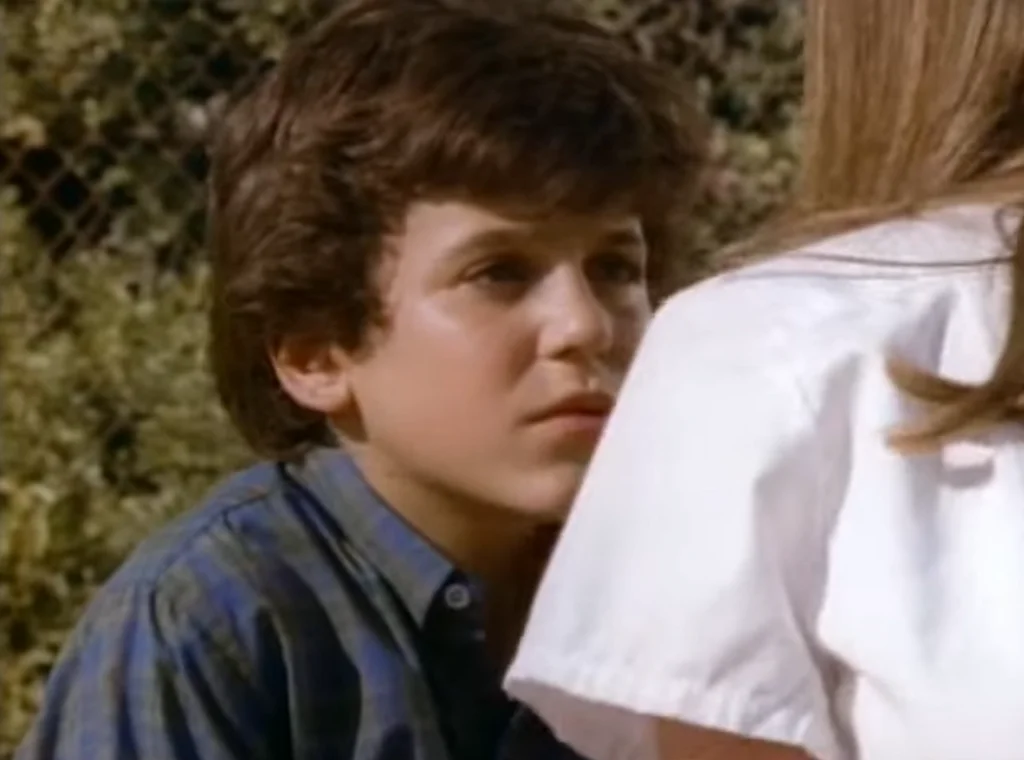
Fred Savage rose to fame as a child actor on The Wonder Years, a series that captured the nostalgia of growing up in the ’60s and ’70s. After his acting career, Savage transitioned to directing, with credits including episodes of Modern Family and 2 Broke Girls. His work behind the camera has been noted for its sharp comedic timing and deep character development.
Savage also became a producer, contributing to series like The Grinder. His successful transition from child star to behind-the-scenes contributor demonstrates his adaptability and skill. Savage’s work as both a director and producer showcases his ability to work in a variety of genres, from family-friendly comedies to workplace sitcoms.
15. Michael Landon – Actor and Director of Family Favorites

Michael Landon became a household name for his roles in Little House on the Prairie and Highway to Heaven. Not only did he act in these beloved series, but he also directed many episodes, shaping their storytelling and tone. Landon’s work behind the camera emphasized family values and the complexity of human emotions, making his shows resonate deeply with audiences.
Landon’s ability to blend heartwarming narratives with engaging characters made him a respected figure in television. His dual role as actor and director allowed him to have a significant impact on the series he worked on, and his legacy continues to influence family-oriented television.
16. William Shatner – From Captain Kirk to Director and Producer
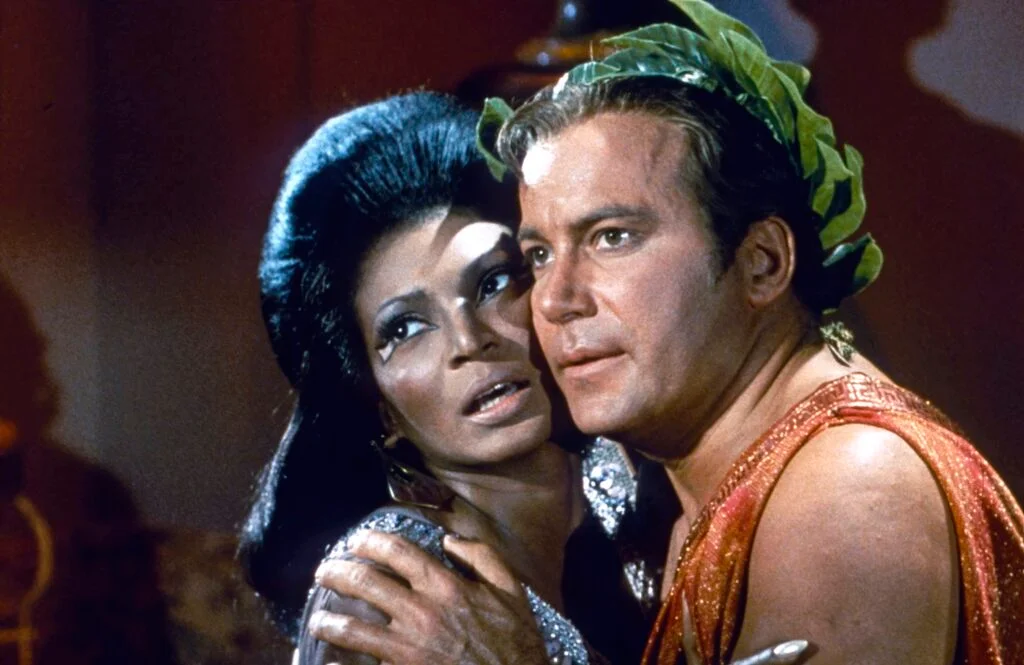
William Shatner is best known for his role as Captain James T. Kirk on the iconic sci-fi series Star Trek. His portrayal of the legendary captain made him a pop culture icon and opened doors for him beyond acting. After his success on Star Trek, Shatner transitioned into directing, taking the helm of several Star Trek films, including Star Trek V: The Final Frontier and Star Trek VI: The Undiscovered Country.
Shatner also ventured into producing, with projects such as T.J. Hooker and Rescue 911. His behind-the-scenes work allowed him to bring his unique perspective to television and film production. Shatner’s ability to switch from acting to directing and producing speaks to his wide-ranging talent and influence in the entertainment industry.


